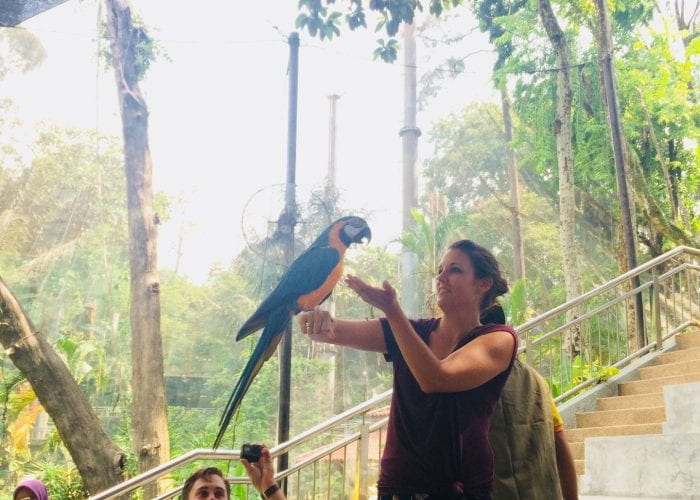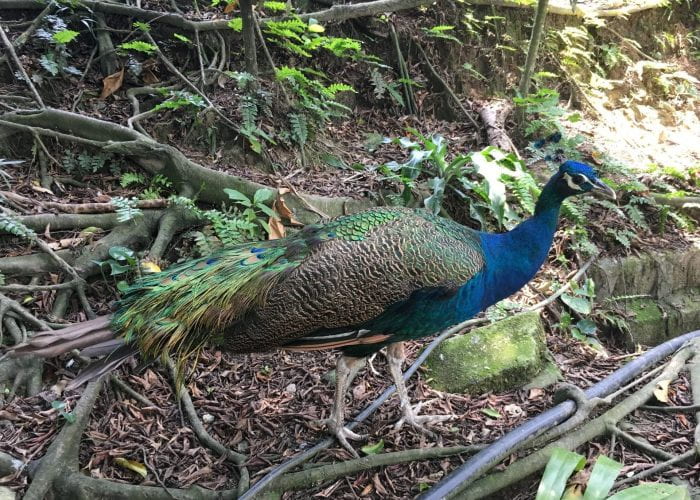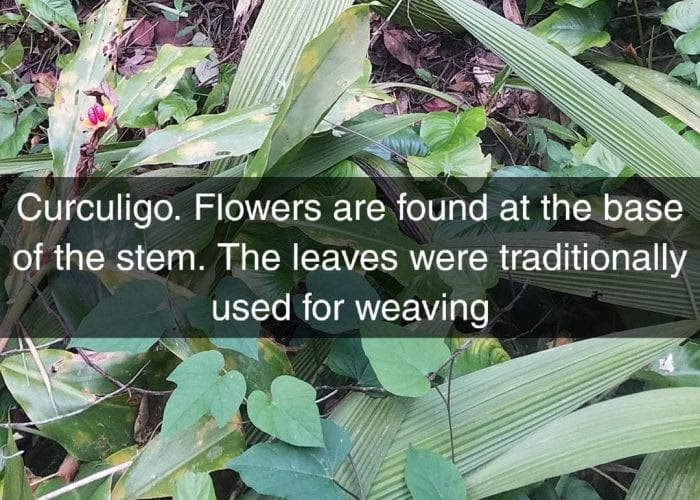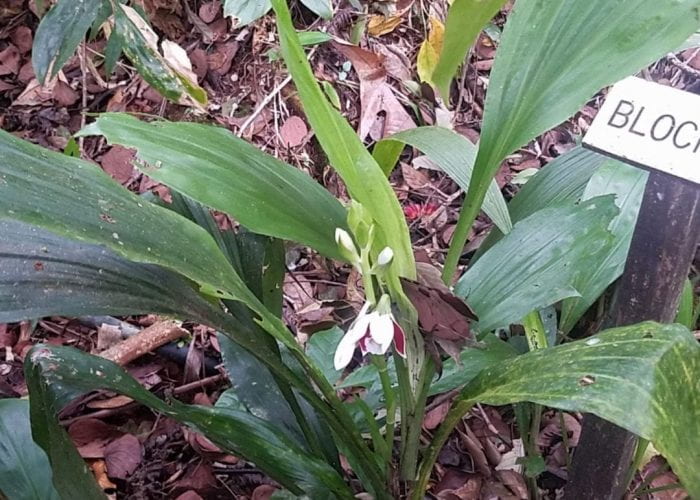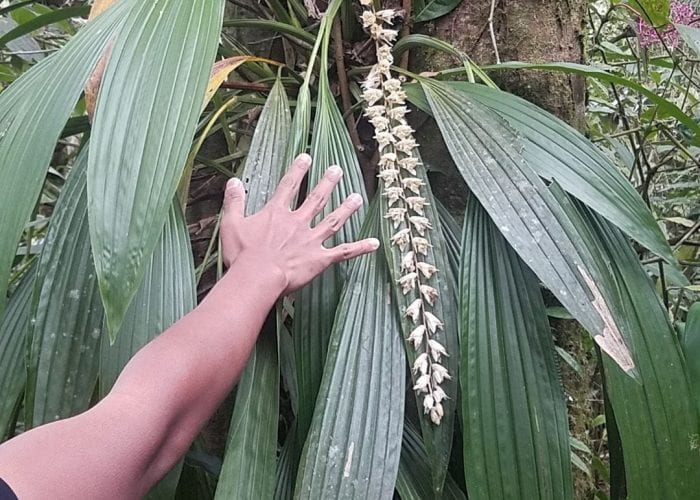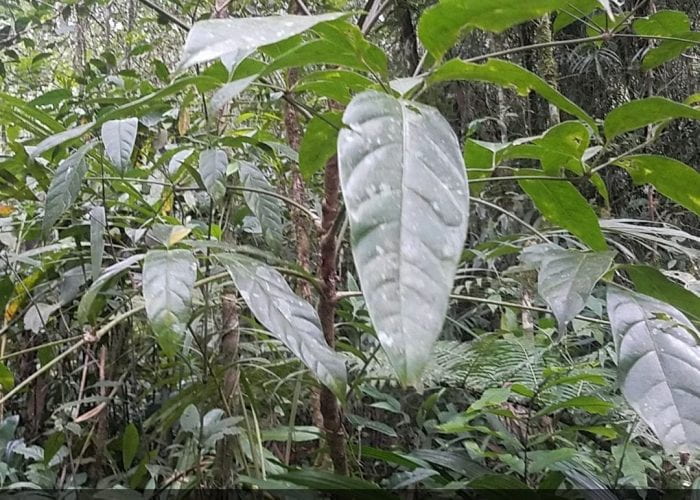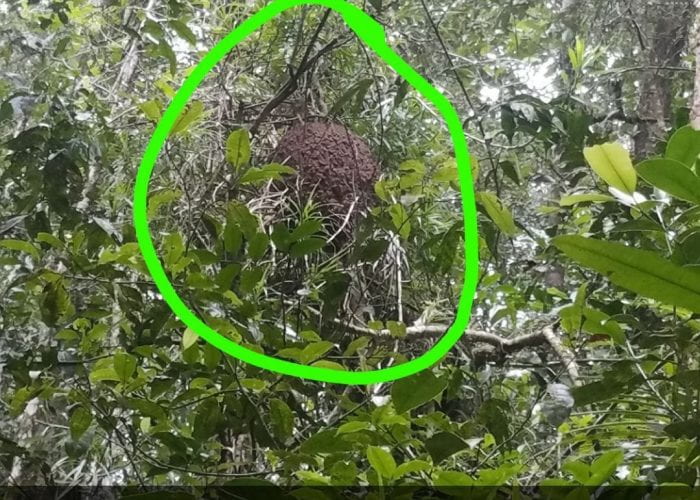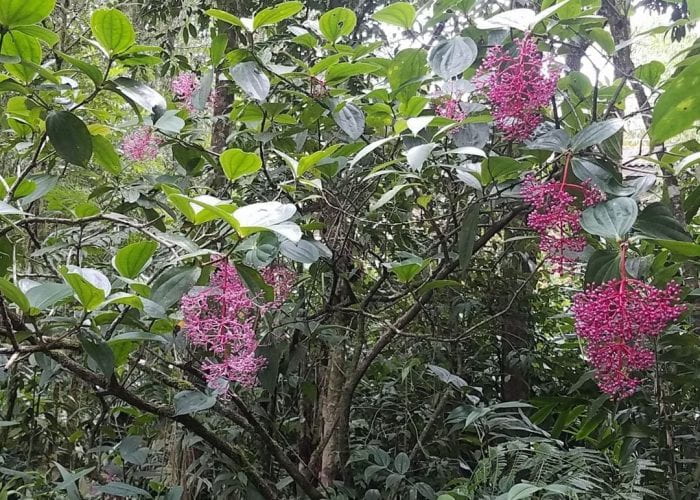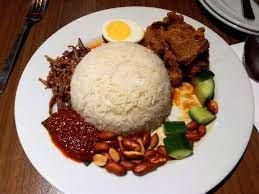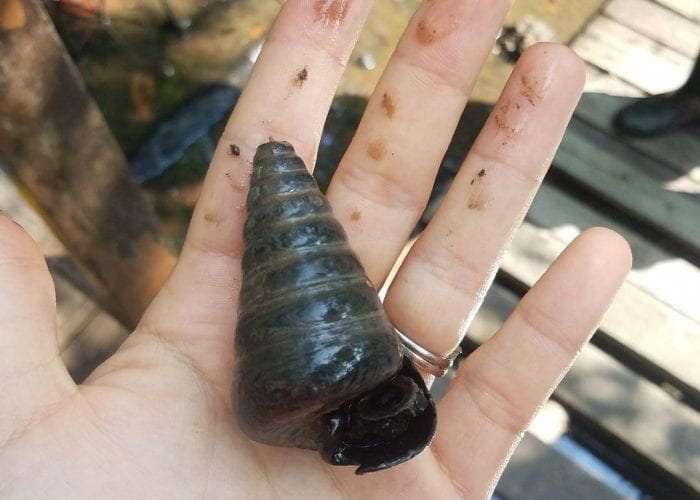I was asked to write a reflection of the AgEd2Malaysia experience and I had no idea what to write. I was so overwhelmed by the idea of trying to translate what I have learned from a 4-week learning experience into a blog post. There are so many things that I have learned about agriculture, culture and the education system of Malaysia. I have notebooks of notes that I have taken while on the trip and things that I would like to remember about this trip. Everything from what the prayer schedule looks like for people of the Muslim faith too how much you can sell an MD2 pineapple ‘seed’ for.
After being home for a week, this task is not so daunting. If I have to boil down everything that I have learned on this trip into one-word, the word would be Relationships. Going to Malaysia was the trip of a lifetime for a number of reasons, but the relationships that were built on this trip are something that I am going to remember for the rest of my life.
 When I was packing for this trip I was looking through my house and bookshelves for some books to take along on this trip. I came across some books that I was given in the #GLAG18 Conference-in-a-Box (GLAG stands for Global Learning in Agriculture. You can registere for #GLAG19 by clicking here) . I picked up a book entitled I Will Always Write Back.
When I was packing for this trip I was looking through my house and bookshelves for some books to take along on this trip. I came across some books that I was given in the #GLAG18 Conference-in-a-Box (GLAG stands for Global Learning in Agriculture. You can registere for #GLAG19 by clicking here) . I picked up a book entitled I Will Always Write Back.
I figured I should read the first chapter of the book before I carry it to the other side of the globe. I sat down to check it out and in 1 day I had finished the book. Now if you know me well, you know I do not read a lot and I am not a fast reader. The fact that I completed a book in a day is a big deal. This book completely opened my eyes to the power of a relationship. This book is about a pen-pal relationship that was started in 6th grade that ended up drastically changing the lives of both students. After reading the book, I was so excited to start my journey to Malaysia to make relationships of my own.
Before we even left the United States, we started to build relationships with the people on the team traveling with us. The #AgEd2Malaysia U.S. contingency was comprised of six current secondary agriculture teachers and six agricultural education teacher candidates (college students) from across the country who would come together to work together in a foreign country. We all met face to face for the first time when we were in Amsterdam and it was already like meeting up with family!
 When we arrived in the airport in Johor Bahru, Malaysia we had a welcoming committee. There were 10 Malaysian students and a slew of faculty from the University of Technology Malaysia waiting for us with signs, posters and cheering voices. I remember when we were going through customs I looked out and saw the welcoming crew. I thought to my self “I have always wanted to be greeted in an airport like that, the people they are greeting are so lucky!” I was the first person through customs and when I noticed that that giant gathering of people was waiting there for me I started to get emotional. So many people were there are they were all so excited to meet me. Once we were all properly welcomed my bags were whisked from hands and taken to the bus. As we were walking, I started talking with the ‘welcoming committee’ and I realized that this team of people was going to be with us for the next 28 days.
When we arrived in the airport in Johor Bahru, Malaysia we had a welcoming committee. There were 10 Malaysian students and a slew of faculty from the University of Technology Malaysia waiting for us with signs, posters and cheering voices. I remember when we were going through customs I looked out and saw the welcoming crew. I thought to my self “I have always wanted to be greeted in an airport like that, the people they are greeting are so lucky!” I was the first person through customs and when I noticed that that giant gathering of people was waiting there for me I started to get emotional. So many people were there are they were all so excited to meet me. Once we were all properly welcomed my bags were whisked from hands and taken to the bus. As we were walking, I started talking with the ‘welcoming committee’ and I realized that this team of people was going to be with us for the next 28 days.
Looking back over the trip the welcome that I received at the airport was not abnormal. The people of Malaysia were always so willing to ‘roll out the red carpet’ for us. It was so humbling to be treated so well everywhere we went.
The ten Malaysian students that came with us on the trip are the relationships that I will cherish the most. When traveling with a group of almost 30 people you spend a lot of time on the bus. On the bus was such a great time to talk with everyone and learn as much as you can about the culture of Malaysia. From all of the bus rides, I sat next to every one of the students. The relationships built with everyone mean so much to me. These relationships mean so much and it is hard to put into words the impact that these students have had on me. To Nisa, Nina, Azirah, Huzaimi, Hanif, Ali, Yazleen, Suhana, Fatin, Ain my new family! When we left the airport we made sure to not say goodbye, but until next time. I do not know where the next chapter will take us, but I am sure that we will meet again.
 The hardest part that I now face is how do I translate the power of relationships to the high school agriculture students at my school? How do I share with them the power of these connections? I think that I am going to start a pen-pal program for my students with some of the high school students that I met in Malaysia. We will see where this path goes but I hope that it will lead to more connections.
The hardest part that I now face is how do I translate the power of relationships to the high school agriculture students at my school? How do I share with them the power of these connections? I think that I am going to start a pen-pal program for my students with some of the high school students that I met in Malaysia. We will see where this path goes but I hope that it will lead to more connections.


